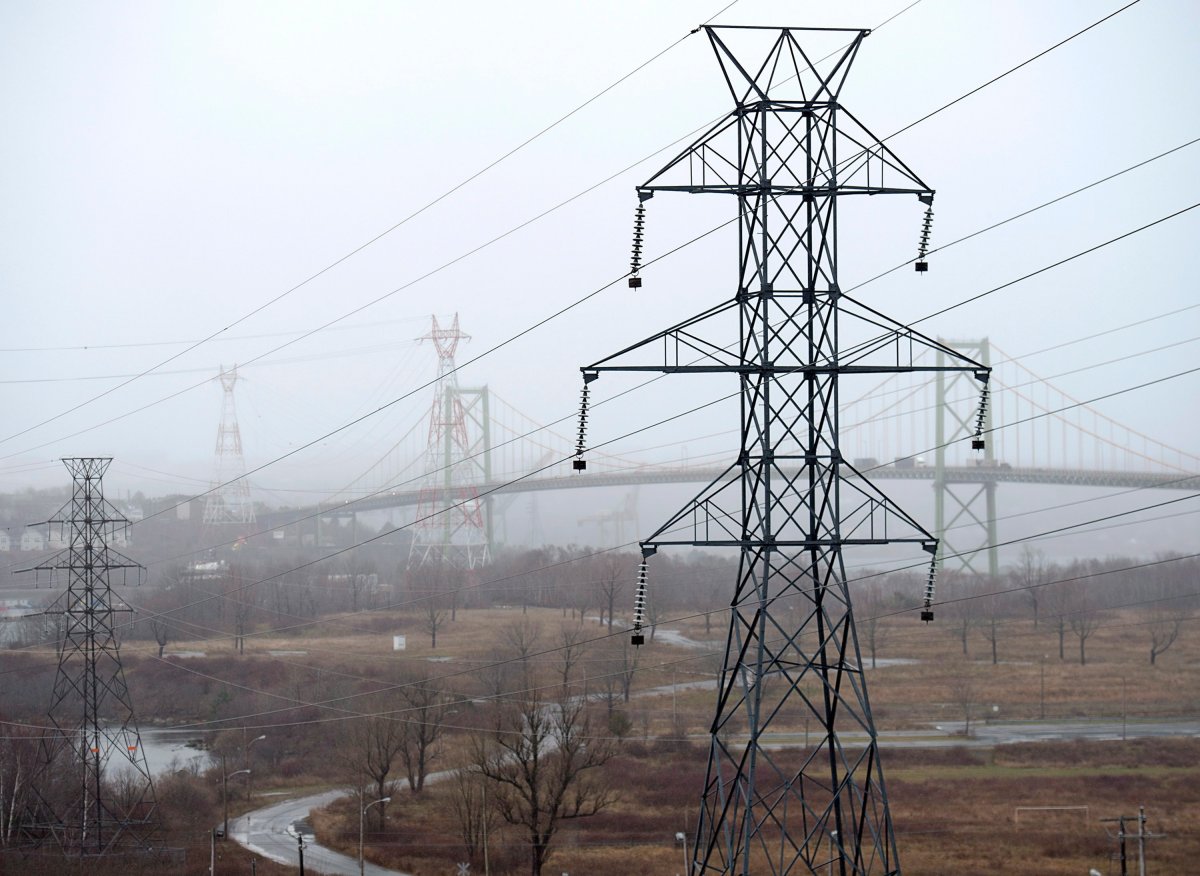Nova Scotia Power applied to the Nova Scotia Utility and Review Board (UARB) on Thursday to implement a three-year fuel stability plan that, if approved, would hold average fuel rate increases for residential customers to 1.5 per cent in 2020, 2021 and 2022.

For the average household, that fuel rate equates to roughly $2 per month.
“Nova Scotia families and businesses want continued rate stability, with a clear emphasis on minimizing price increases, and we’re committed to delivering on our customers’ expectations,” said Karen Hutt, President and CEO of Nova Scotia Power, in a press release.
According to a NS Power press release, fuel and purchased power costs represent Nova Scotia Power’s single largest expense, comprising approximately 45 per cent of the total cost of producing and distributing electricity.
From 2020 to 2022, this cost is expected to total $2.2 billion — $275 million (or 12.5%) higher than the previous three years.
NS Power said the increase is due to the cost of acquiring renewable energy to meet environmental requirements and higher fuel commodity prices.
- What is a halal mortgage? How interest-free home financing works in Canada
- Capital gains changes are ‘really fair,’ Freeland says, as doctors cry foul
- ‘Dangerous message’: Experts slam anti-sunscreen claims circulating online
- As fake Botox cases prompt alert in U.S., Canada says no new issues reported
The three-year plan includes a forecast deferral of $44 million, which equates to less than two per cent of forecast fuel costs for 2020-22.
“We’ve stabilized power rates, while at the same time advancing the most ambitious transition to renewable energy in Canada,” Hutt said.
“Last year we achieved a new milestone, delivering 30% of electricity from renewable sources – triple where we were a decade ago. We will reach 40% renewable next year, thanks to the Maritime Link subsea transmission cable to Newfoundland and Labrador, giving us access to hydro power from Muskrat Falls,” she added.
Hutt said that NS Power has reduced carbon emissions by 35 per cent compared to 2005 levels, which “surpasses the COP21 Paris climate conference target of achieving a 30% reduction by 2030.”
Nova Scotia Power’s fuel stability plan is subject to review and approval by the UARB. A hearing is planned for October, with a decision expected before the end the year.
WATCH: Police investigating spate of copper wire thefts from Nova Scotia Power stations
_848x480_1434763331774.jpg?w=1040&quality=70&strip=all)




Comments